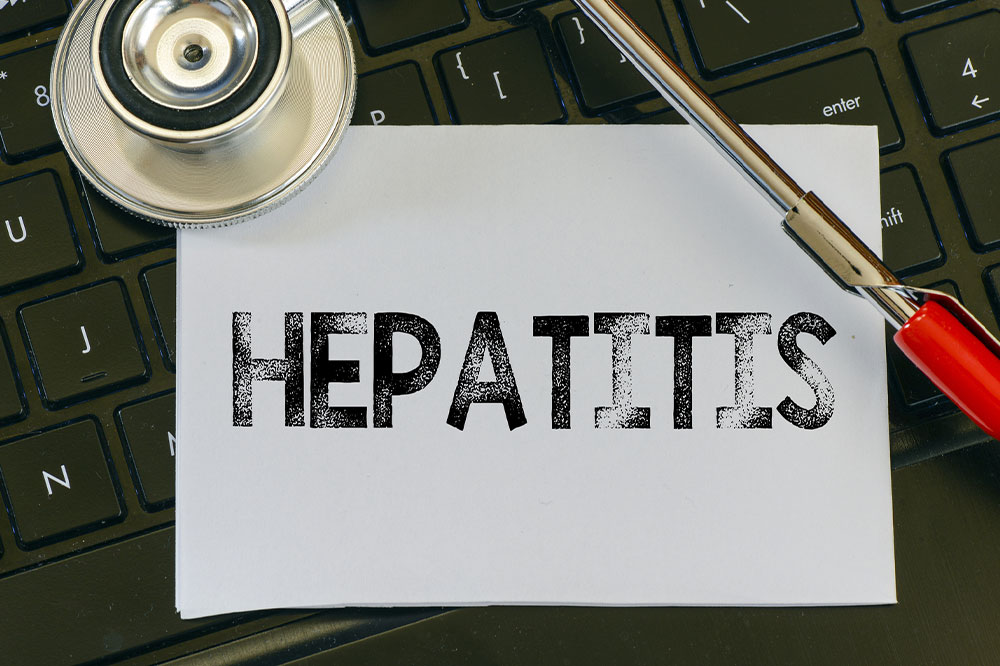Understanding the Main Causes of Hepatitis in Children and How to Prevent Them
This comprehensive guide explores the primary causes of hepatitis in children, including hepatitis A, B, and C, along with their transmission routes and preventive strategies. Understanding these causes helps in early detection and effective prevention, ensuring better health outcomes for young children. Vaccinations, hygiene practices, and safe blood handling are emphasized as key measures. The article aims to educate caregivers and health professionals on how to minimize hepatitis risks in pediatric populations, ultimately helping reduce the incidence of this liver inflammation among children.

Comprehensive Guide to Hepatitis Causes in Pediatric Patients
Introduction to Hepatitis in Children Hepatitis refers to the inflammation of the liver, an essential organ responsible for numerous vital functions including digestion, detoxification, and energy storage. While hepatitis is commonly associated with adults, children are not immune and can be affected by various types of this liver disease. Understanding the causes of hepatitis in children is crucial for early detection, prevention, and effective management. This inflammation often results from viral infections, but in some cases, it can also stem from autoimmune responses or other factors leading to liver cell damage.
Recognizing the primary causes of hepatitis in children can help caregivers and health professionals implement effective preventive measures. This article explores the main types of hepatitis affecting children—hepatitis A, B, and C—and the risk factors associated with each, along with strategies to minimize exposure and transmission.
Hepatitis A in Children Hepatitis A is caused by the hepatitis A virus (HAV), which is highly contagious and primarily spreads through fecal-oral transmission. It often occurs in areas with poor sanitation and contaminated water sources. The virus is excreted in the feces of infected individuals during the initial stages of infection and can contaminate food, water, or surfaces. Children can contract hepatitis A through various routes, notably:
Eating food prepared by individuals who have not washed their hands properly after using the bathroom
Drinking water contaminated with sewage containing HAV
Direct or indirect contact with contaminated fecal matter
Traveling to regions with high rates of hepatitis A, such as certain developing countries
Receiving blood transfusions that are contaminated, although this is rare due to modern screening methods
Preventing hepatitis A involves promoting good hygiene practices, such as regular handwashing, safe food handling, and vaccination where available. The hepatitis A vaccine is effective and recommended especially for children living or traveling to high-risk areas.
Hepatitis B in Children Hepatitis B is caused by the hepatitis B virus (HBV), which transmits mainly through contact with infectious body fluids like blood, saliva, semen, or vaginal secretions. The main routes of transmission include:
Birth from an infected mother—vertical transmission during childbirth
Sharing needles or syringes for drug use or medical procedures
Exposure to contaminated blood through cuts or injuries
Sharing personal items such as razors, toothbrushes, or nail clippers contaminated with infected blood
Unprotected sexual contact with an infected individual
Children at increased risk of hepatitis B infection are those born to mothers from regions with high prevalence, children in care facilities with poor hygiene standards, children with bleeding disorders requiring frequent transfusions, and those undergoing dialysis. The good news is that hepatitis B can be prevented through vaccination, which is part of routine childhood immunizations in many countries.Chronic hepatitis B can lead to serious liver complications, including cirrhosis or liver cancer. Early detection and vaccination are vital protective strategies.
Hepatitis C in Children Hepatitis C is caused by the hepatitis C virus (HCV) and is known for its potential to cause long-term liver damage. Unlike hepatitis A and B, it is less contagious but poses a significant risk when transmission occurs via infected blood. Common pathways include:
Passing from an infected mother to her baby during childbirth
Blood transfusions with contaminated blood products (though now rare due to rigorous screening)
Children with bleeding disorders needing frequent transfusions
Needle sharing among teenagers involved in intravenous drug use
Unprotected sexual activity in adolescents, especially with multiple partners or infected individuals
Early diagnosis and treatment can effectively manage hepatitis C, preventing progressive liver damage. Preventative measures include screening pregnant women for HCV, avoiding sharing needles, and practicing safe sex. The long-term health of children with hepatitis C depends on prompt medical intervention and monitoring.In conclusion, hepatitis in children can significantly impact their health and development. Recognizing the modes of transmission and risk factors is essential for prevention. Vaccination, good hygiene practices, safe blood handling, and education are vital tools in reducing hepatitis incidences among children. Healthcare providers and parents should remain vigilant to protect children's health against these infectious threats.




